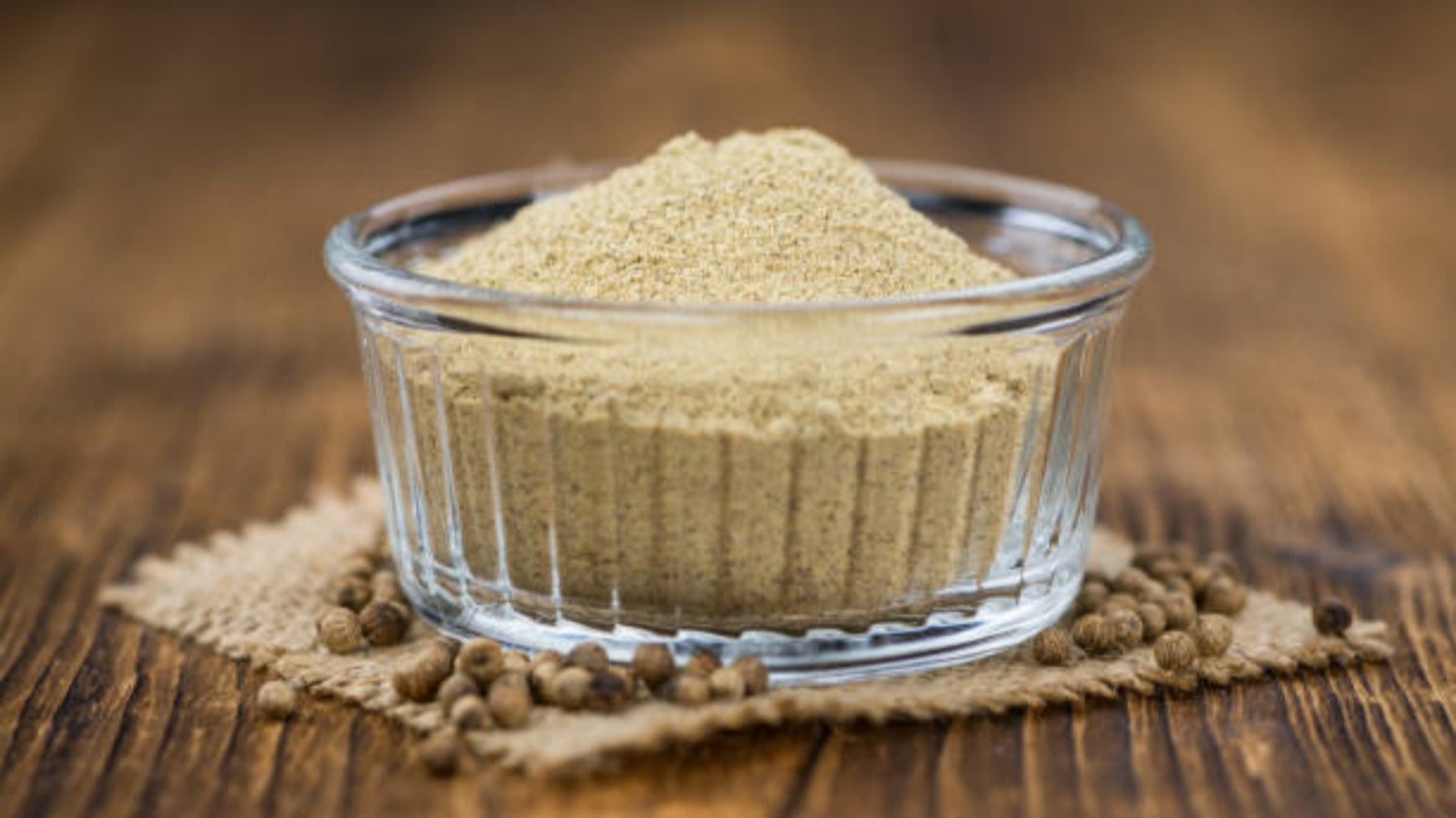The Science Behind Spinosad's Mode of Action
Spinosad, a highly effective insecticide used in both agricultural and residential settings, has gained significant recognition for its unique mode of action. This article delves into the fascinating world of Spinosad's mode of action, shedding light on its mechanism and exploring the various aspects that make it a potent weapon against pesky pests.
The Origin and Development of Spinosad
Before delving into the mode of action, it is crucial to understand the origin and development of Spinosad. Originally derived from a naturally occurring soil bacterium called Saccharopolyspora spinosa, Spinosad was first discovered in the 1980s by researchers seeking novel bioactive compounds. Its development involved a meticulous process of fermentation, purification, and formulation to harness its full potential as an insecticide.
Targeted Pest Spectrum
Spinosad's mode of action is highly effective against a broad spectrum of pests, making it a versatile weapon in pest management. It exhibits remarkable efficacy against key insect pests such as caterpillars, thrips, leafminers, fruit flies, and mosquitoes, among others. Its ability to target multiple pests makes Spinosad a valuable tool for integrated pest management strategies.
Contact and Ingestion: Dual Action
One of the standout features of Spinosad's mode of action is its dual effect on pests. It acts both through contact and ingestion, offering a comprehensive approach to combatting insect infestations. When sprayed onto plants, Spinosad adheres to the leaf surface, causing direct toxic effects on pests that come into contact with it. Additionally, when pests consume plant tissue treated with Spinosad, it triggers a secondary toxic effect, effectively targeting pests that may have evaded direct contact.
Disruption of Nervous System: A Lethal Blow
At the core of Spinosad's mode of action lies its ability to disrupt the nervous system of insects. This disruption occurs through the activation of a specific class of receptors known as nicotinic acetylcholine receptors (nAChRs). By binding to these receptors, Spinosad leads to hyperexcitation of the insect's nervous system, ultimately causing paralysis and death. This unique mechanism of action sets Spinosad apart from many other insecticides and contributes to its effectiveness and low toxicity to mammals and beneficial insects.
Selective Toxicity: A Boon for Beneficial Insects
While Spinosad effectively targets pest insects, it exhibits an impressive level of selectivity, minimizing harm to beneficial insects such as bees, ladybugs, and parasitic wasps. This selectivity is attributed to the unique physiology and receptor composition of target pests, which differ significantly from those of beneficial insects. The ability to control pests while preserving beneficial insect populations is a significant advantage of Spinosad in sustainable pest management.
Resistance Management
As with any pesticide, the potential for resistance development in target pests is a concern. However, the unique mode of action of Spinosad makes it less prone to resistance compared to many other insecticides. The complex molecular interactions and specific target sites involved in Spinosad's mode of action pose significant challenges for pests to develop resistance. Nevertheless, responsible and integrated use of Spinosad is essential to minimize the risk of resistance and ensure its long-term efficacy.
Environmental Fate and Safety Profile
Understanding the environmental fate and safety profile of any pesticide is crucial for responsible use. Spinosad has a favorable environmental profile, as it quickly breaks down in soil and water, reducing the risk of long-term accumulation. Additionally, it exhibits low toxicity to mammals and birds, further minimizing its impact on non-target organisms. However, it is essential to follow label instructions and recommended dosage rates to ensure safe and responsible use.
Formulations and Application Methods
Spinosad is available in various formulations, including liquid concentrates, granules, and dusts, catering to different pest management needs. It can be applied through foliar sprays, soil drenches, seed treatments, or even as bait for specific pests. The choice of formulation and application method depends on the target pest, crop, and specific pest management goals. Consulting the product label and seeking expert advice can help optimize the effectiveness of Spinosad applications.
Future Prospects and Research
As the demand for sustainable pest management practices continues to grow, the future prospects for Spinosad are promising. Ongoing research aims to explore novel formulations, improve application techniques, and expand its spectrum of activity. Furthermore, understanding the intricate details of Spinosad's mode of action can pave the way for the development of even more targeted and effective insecticides.

